Keywords:
By Siegfried Sasshofer
All researchers performing cellular assays – research or clinical - need a cell counting solution. Cell counters are used to count cells in a culture to determine density, concentration or viability. Having established the need to count cells, how then to understand the many cell counting technologies available? Manual or automatic? Non-imaging (electrical resistance, flow, spectrophotometry) or imaging?
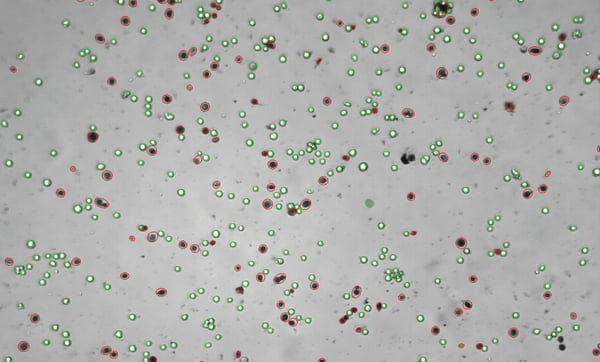
How can you get accurate cell counts with live/dead analysis?
The act of manually counting cells is achieved with a technician using a hemocytometer and a counting chamber. It is an easy decision not to include this ‘technology’ if you are counting a lot of cells. Not only are the results prone to human error… the humans doing the counting will be much happier.
As cell viability is a critical variable in cellular assays, non-imaging counters based on electrical resistance or impedance are also eliminated as they generally cannot reliably distinguish between live and dead cells. Given that, we focus our understanding on imaging cell counters and specifically label-free systems that can measure viability.
Five critical attributes
We frame our understanding by considering five critical attributes to cellular analysis:
1. Cellular conditions
The condition of the cell is as critical as the assay itself, as it determines the environment for the experiment. A good imaging cell counter should provide the tools to maintain environmental control, including temperature, humidity, and gas control. This provides stable culture conditions and improves cell growth – important criteria for successful cellular assays.
Tecan's Spark® multimode microplate reader features an integrated Gas Control Module (GCM™) for automated control of CO2concentrations inside the reader chamber. In addition, the Te-Cool™ cooling module uniquely allows the measurement chamber temperature to be set at the ambient room temperature (or even lower) for complete environmental independence and more accurate and reliable results.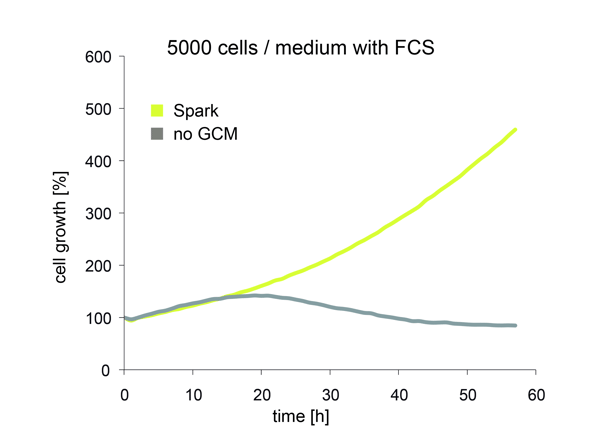
Comparison of cell proliferation between Tecan's Spark multimode microplate reader with integrated GCM™ (yellow-green line) and a standard microplate reader (grey line).
Tecan includes such details as evaporation protection and automation of lid manipulation to maintain the environment you have worked so hard to create. This patented feature optimizes CO2/O2 exchange and minimizes evaporation, allowing walkaway automation for experiments such as long-term kinetic assays.
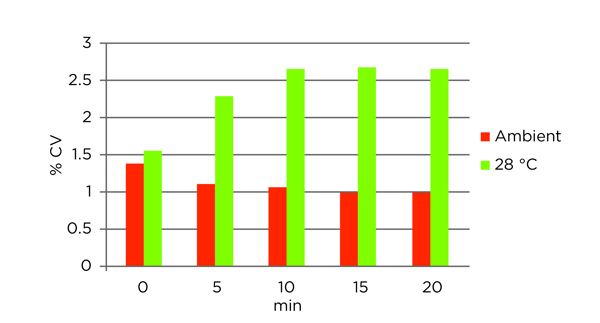
Assays run at equilibrated ambient temperatures lead to better sensitivity. The CV is shown for absorbance readings taken at 570 nm every 5 min with Spark set to ambient temperature with Te-Cool (orange bars) vs. a higher set temperature at 28 °C (green bars).
2. Data quality
Accurate, reproducible cell counting is a strong reason to automate. Look for a range of features and capabilities for specialized activities such as fast cell counting and evaluation of cell proliferation by confluence analysis. Automated cell confluence assessment facilitates the experimental workflow and increases the testing throughput while minimizing experiment-to-experiment variations due to variable starting conditions.
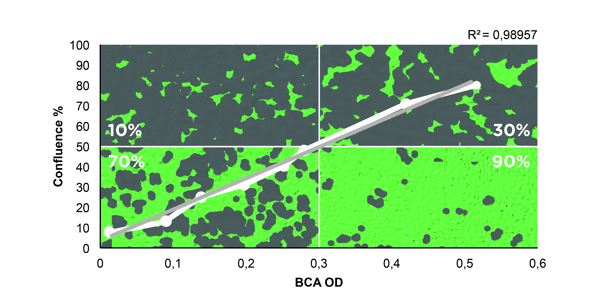
The growth of HeLa cells at various confluence levels and the corresponding increase of protein content measured using a BCA assay protocol.
3. Time efficiency
Spark provides one-click analysis providing cell number, size distribution and viability in less than 30 seconds. Reduced time counting cells leaves more time to do other things – analyzing data, running other experiments, catching up on the football scores. The result is increased productivity without compromised data quality.
4. Flexibility
In addition to cell counting and confluence, additional modes of operation providing fluorescence, luminescence, ultra-fast absorbance, NA labeling efficiency, DNA quantification and Alpha technology expand the capability of your laboratory and further justify your investment. Having multiple options for labeling and detecting assay parameters gives you great flexibility to gather multiple types of data, run different types of experiments, and compare results across parameters for more complete and reliable results.
Tecan’s Spark feature high performance fluorescence capabilities typically only found on high end imaging systems including the measurement of fluorescence intensity, time-resolved fluorescence (TRF), fluorescence resonance energy transfer (FRET), time-resolved fluorescence resonance energy transfer (TR-FRET) and fluorescence polarization.
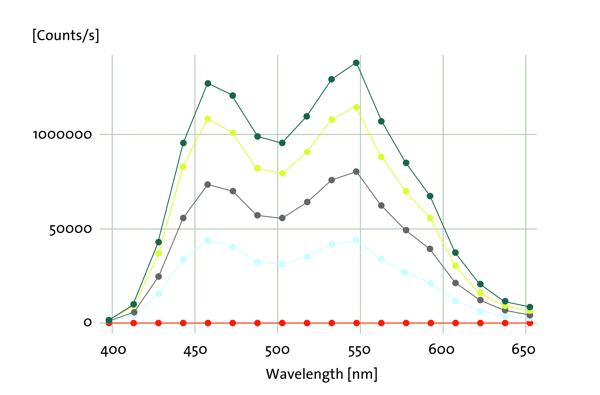
Enhance your assay performance and flexibility with multi-color luminescence and luminescence scanning.
5. Ease of use
A multi-functional automated imaging cell counting system should be as easy to use as it is versatile. Having lab technicians avoid using the instrument is just as bad as having them unhappily counting cells by a manual method.
Look for a system like the Spark with built in automation, touch screen controls and one-click applications. Automation of things like stacking well plates, manipulating well plate lids and dispensing reagents enhances application flexibility. These features increase the ease of integration into your lab and daily use, as well as streamline future training of new lab members.
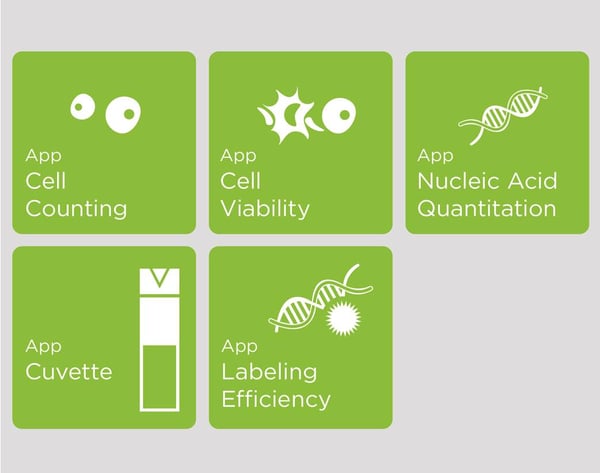
One-click applications streamline your workflows, getting you from sample to results faster than ever before.
Find out more
Be the hero in your lab — bring together the advanced capabilities of a multimode reader, incubator, cell counter and dispenser in a single, high performance instrument offering touchscreen control, remote access, exceptional flexibility and ease of use.
About the author

Siegfried Sasshofer
Siegfried Sasshofer heads the marketing team responsible for Tecan’s Detection products based out of Tecan’s development and manufacturing center for microplate readers and washers in Grödig, Austria. He has over 20 years’ experience in working in the field of bio-analytics. He studied Biotechnology, holds an MBA and joined Tecan in 1997.











